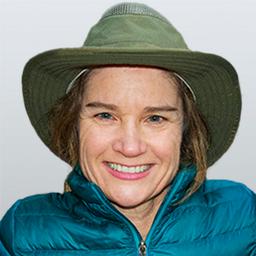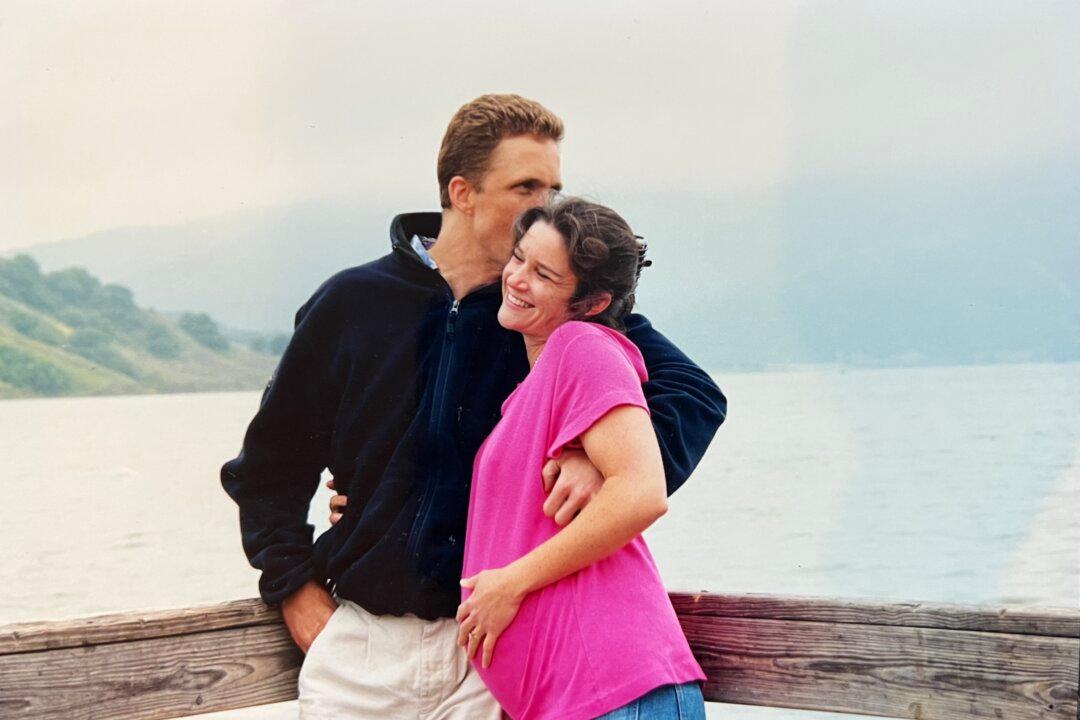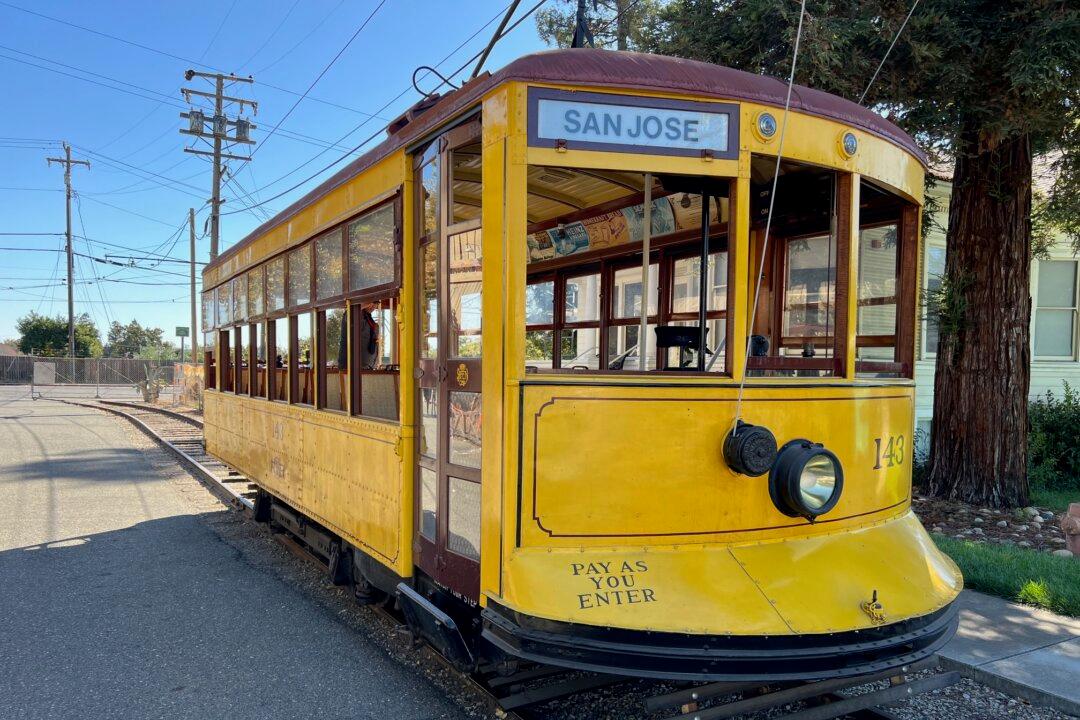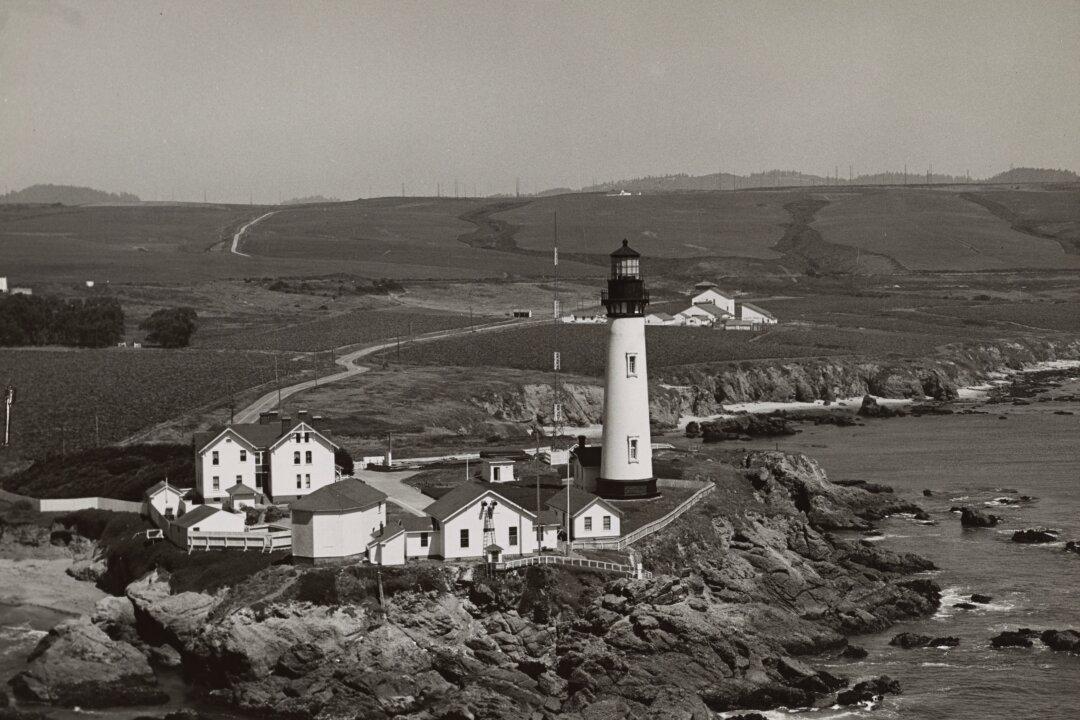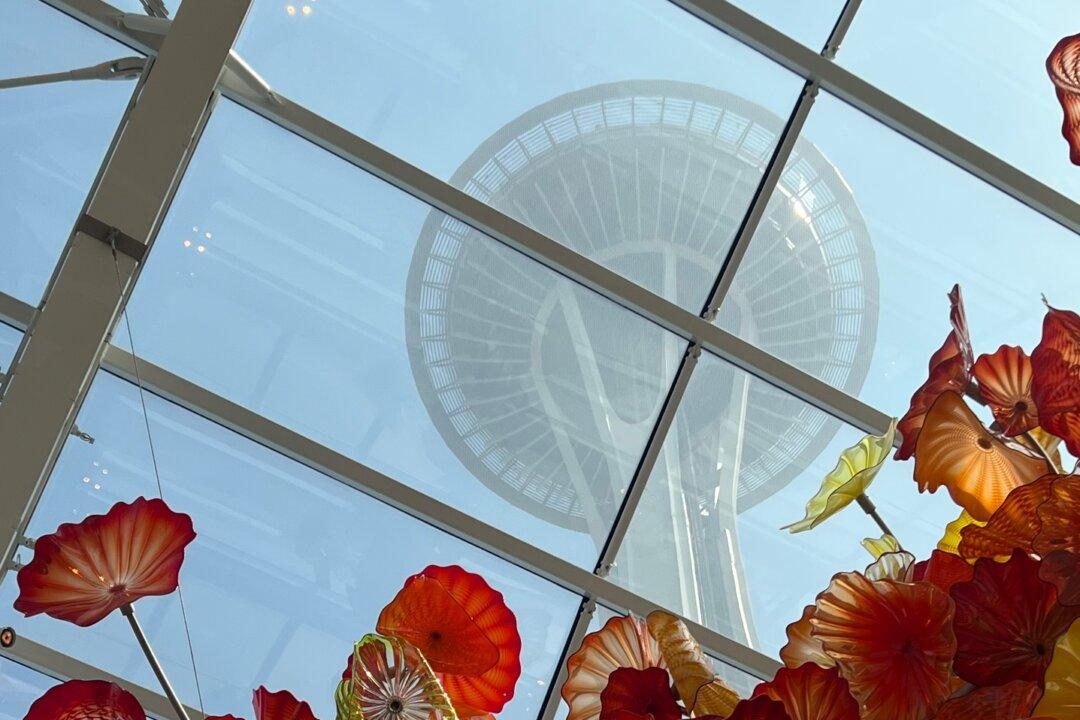Recently, my husband and I spent time exploring the gold-rush towns of Jamestown and Chinese Camp in Northern California. Jamestown (population 3,107 in 2019) lies on the southern end of Route 49, a 300-mile highway dotted with colorful towns from the California Gold Rush.
The main street of Jamestown is about two blocks long and includes many original false-front buildings from the mid to late 1800s. Walking around and exploring the unique gift and antique shops is a treat.


